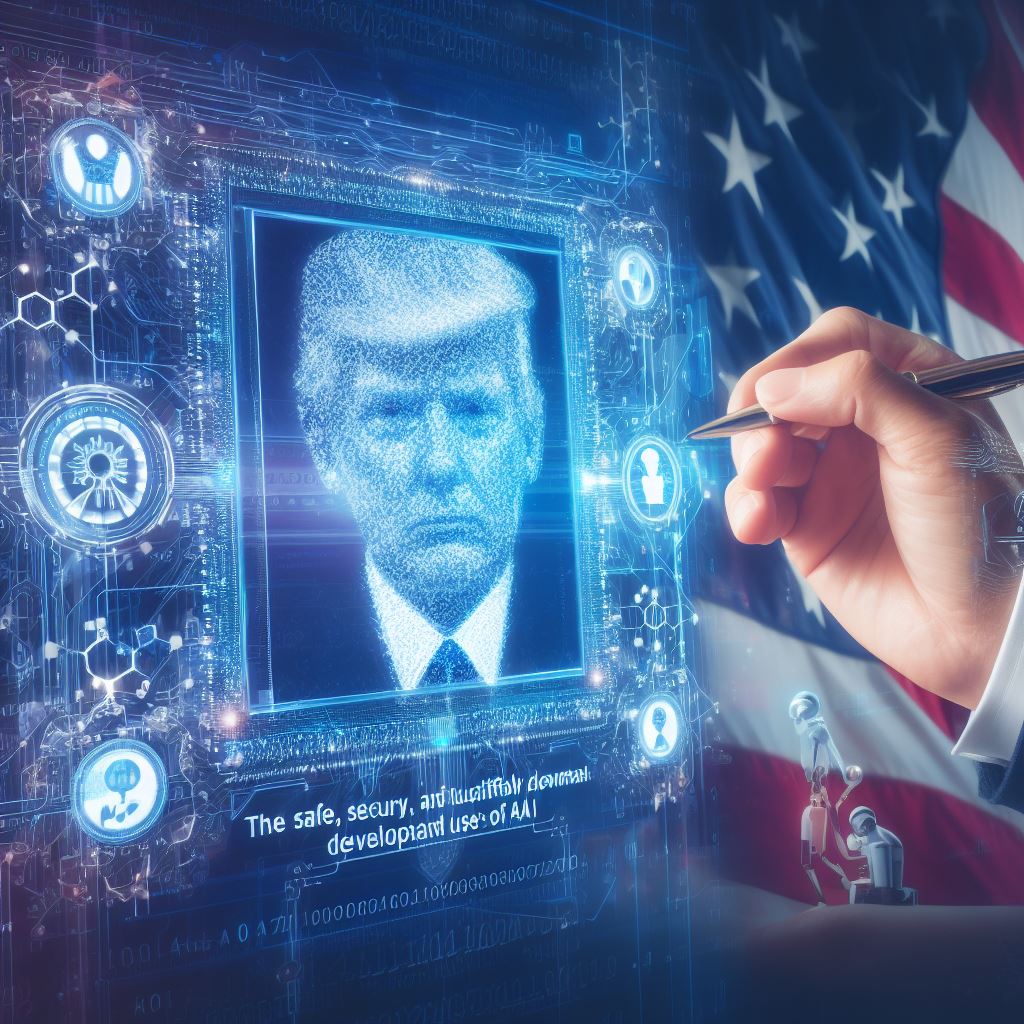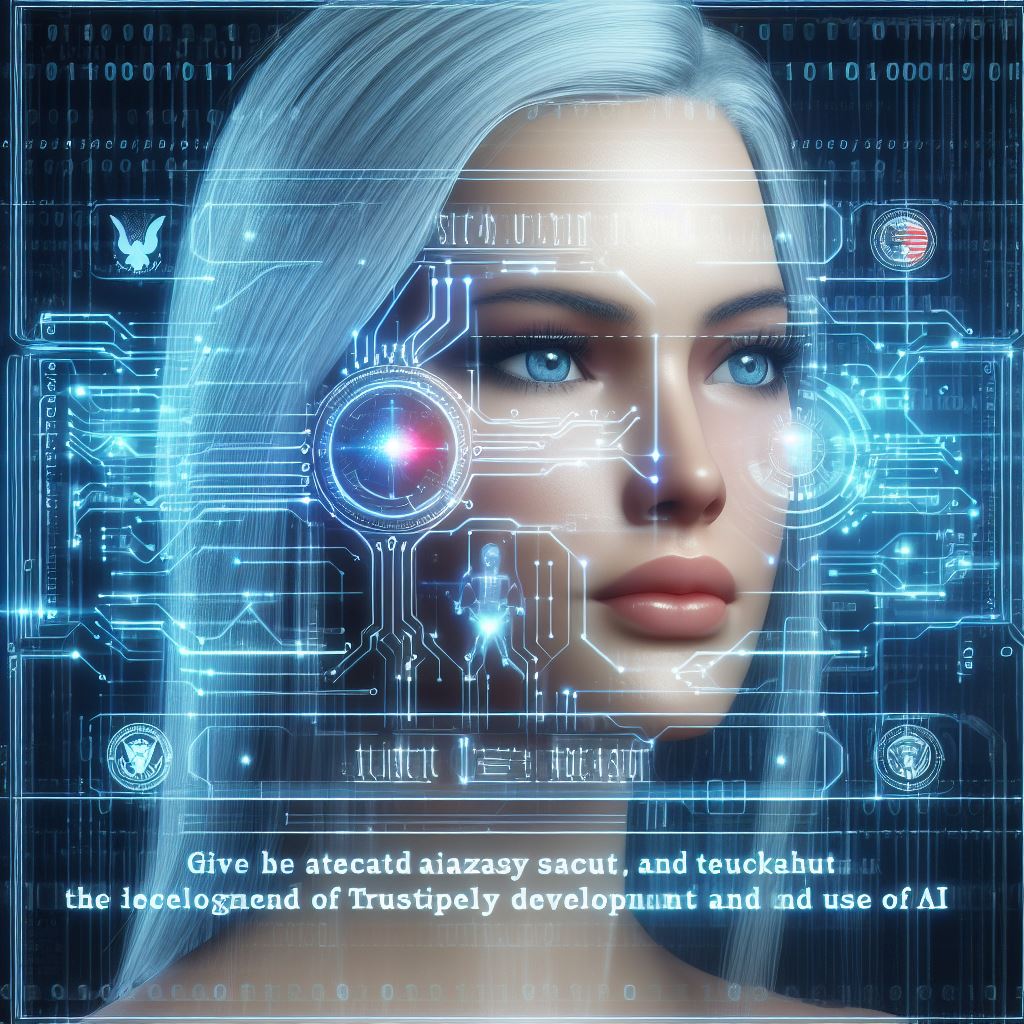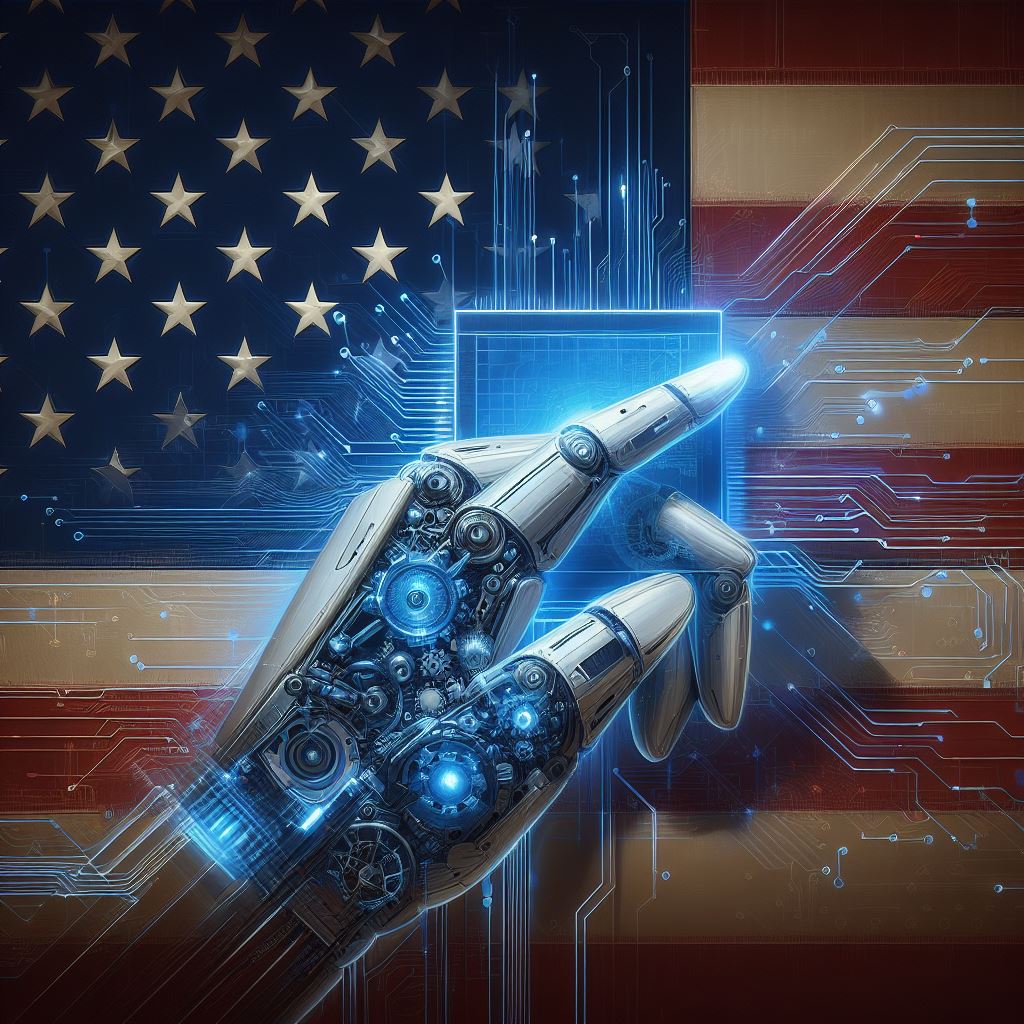
An Analysis of the Recent Executive Order on AI by President Biden
Date
10/31/2023Date
TechnologyThe recent executive order issued by President Biden on the safe, secure, and trustworthy development and use of Artificial Intelligence (AI) has significant implications for the AI industry, both within the United States and globally. This essay provides a detailed analysis of the key provisions of the order and their potential impact on various stakeholders.
1. Purpose of the Order
The executive order acknowledges the extraordinary potential of AI, which can help solve urgent challenges and make our world more prosperous, productive, innovative, and secure. However, it also recognizes the risks associated with irresponsible use of AI, such as exacerbating societal harms like fraud, discrimination, bias, and disinformation; displacing and disempowering workers; stifling competition; and posing risks to national security1.

2. Policy and Principles
The order outlines eight guiding principles for advancing and governing the development and use of AI1. These principles emphasize safety, security, innovation, competition, support for American workers, adherence to equity and civil rights, protection of consumer interests, privacy and civil liberties, risk management in government use of AI, and global leadership1.
3. Implications for AI Development
The order has several implications for AI development. It requires robust evaluations of AI systems before they are put to use1. It also promotes responsible innovation and competition in AI1. Furthermore, it mandates support for American workers in the face of AI-induced job displacement1.

4. Impact on Open-Source AI
Interestingly, the executive order may not have any impact on open-source AI. The order seems to apply to models that are trained on tens of thousands of GPUs or on any cluster with 10^20 FLOPs1. This appears to apply only to a handful of companies that are extremely GPU-rich. Smaller models seem to be exempt from these requirements1. This means that the open-source AI ecosystem is free to operate in an unregulated fashion1.

5. Future Directions
The architects of this Executive Order are likely betting that these large models are going to be way more powerful than smaller models and are aiming to slow down these extremely GPU-rich companies1. They may change their minds about these thresholds and reduce them in the future1. Of course, the lower the threshold the harder it is police1.
6. Conclusion
In conclusion, while the executive order has significant implications for large-scale AI development in the United States and globally, its impact on smaller models and open-source AI appears to be minimal at present. However, as AI continues to evolve rapidly, it remains to be seen how these regulations will adapt to keep pace with technological advancements.